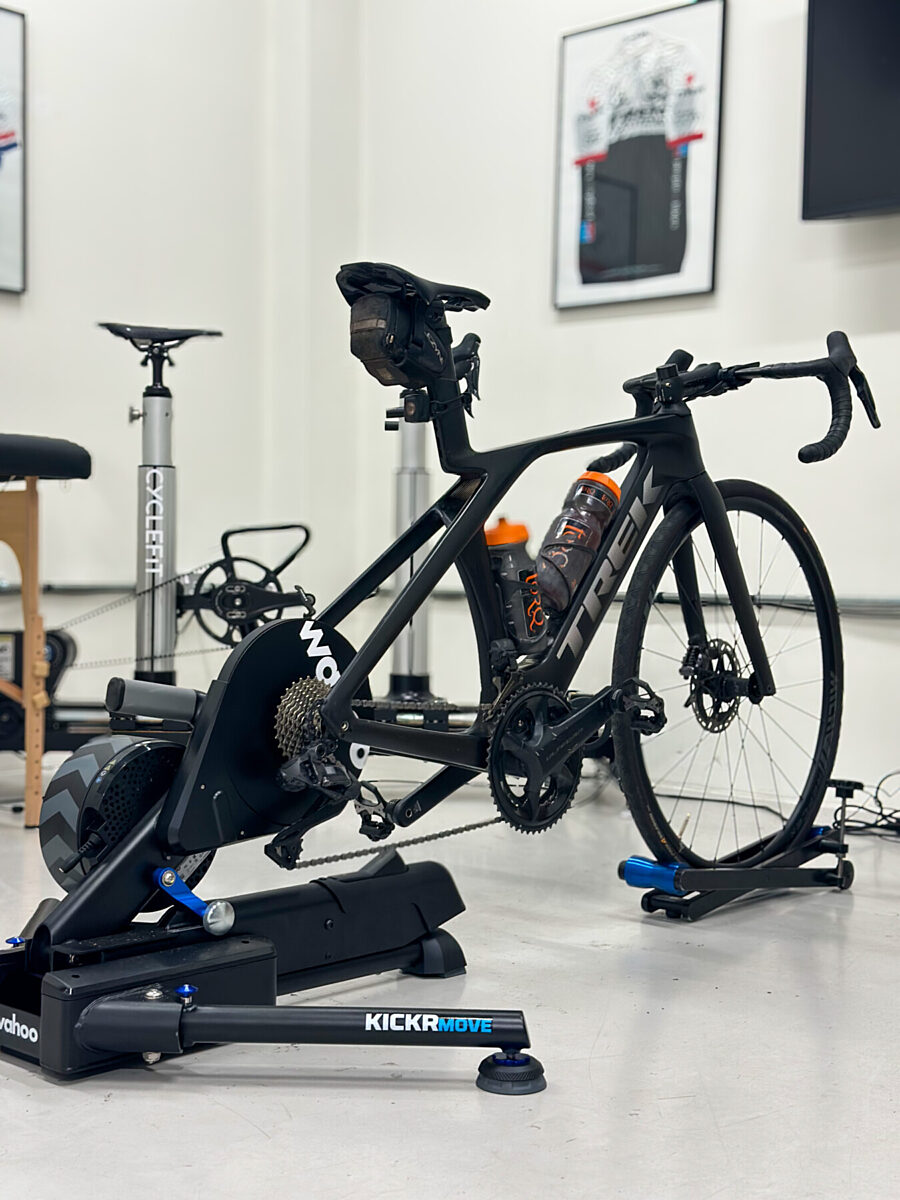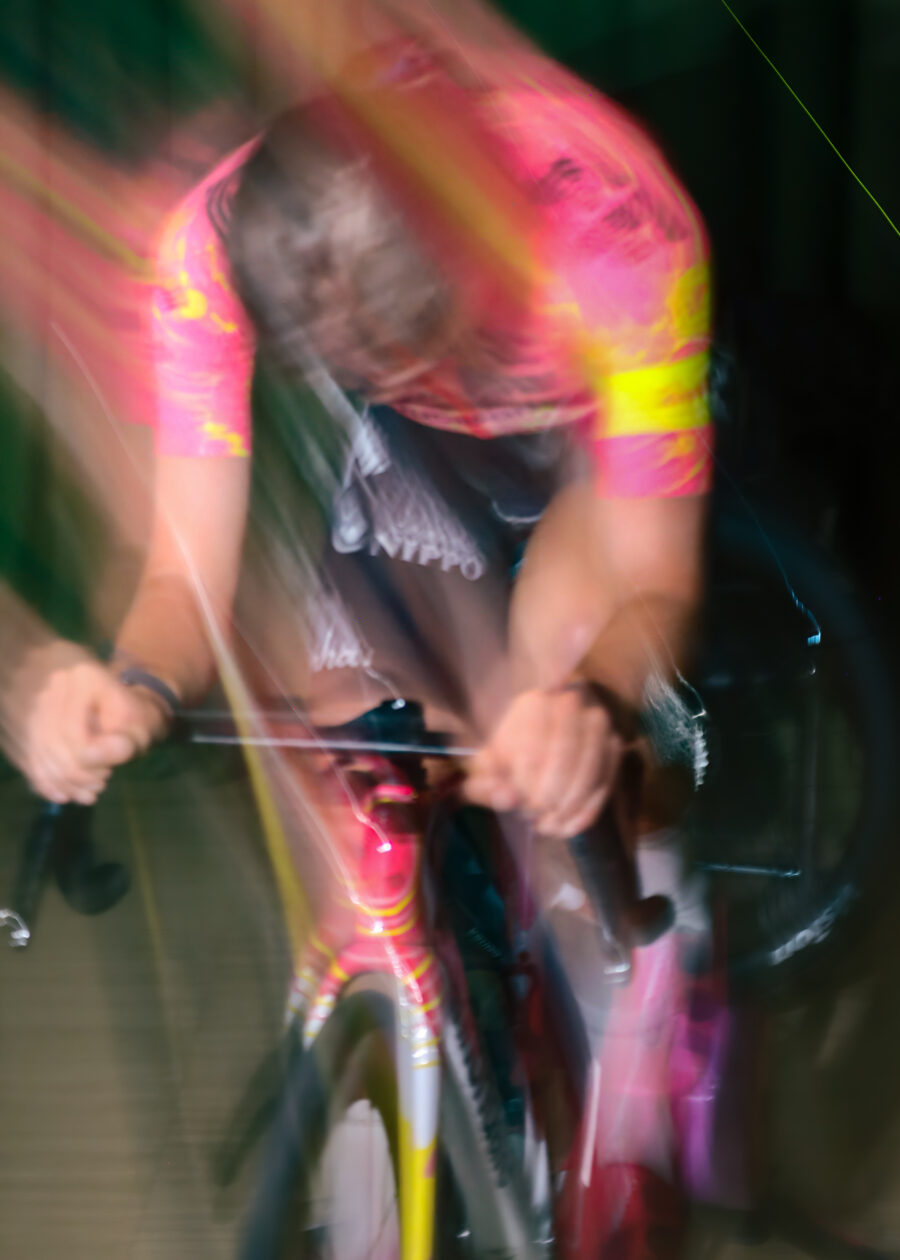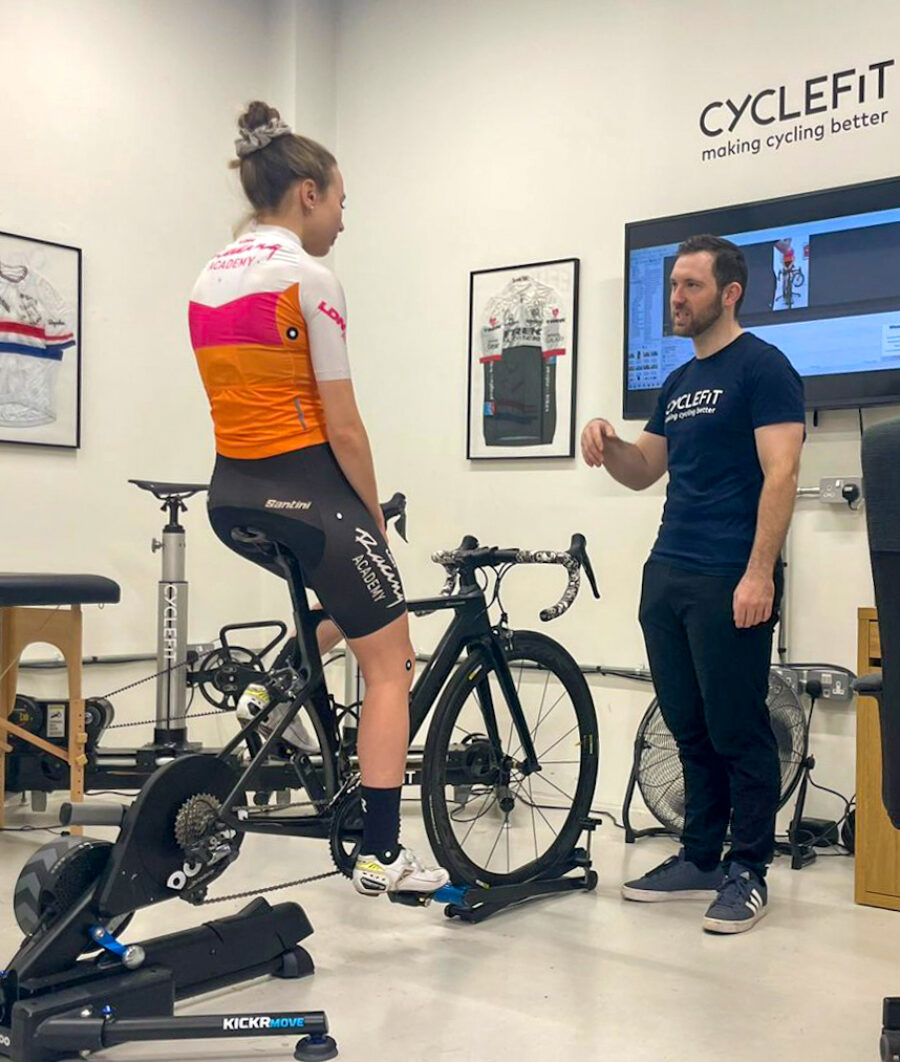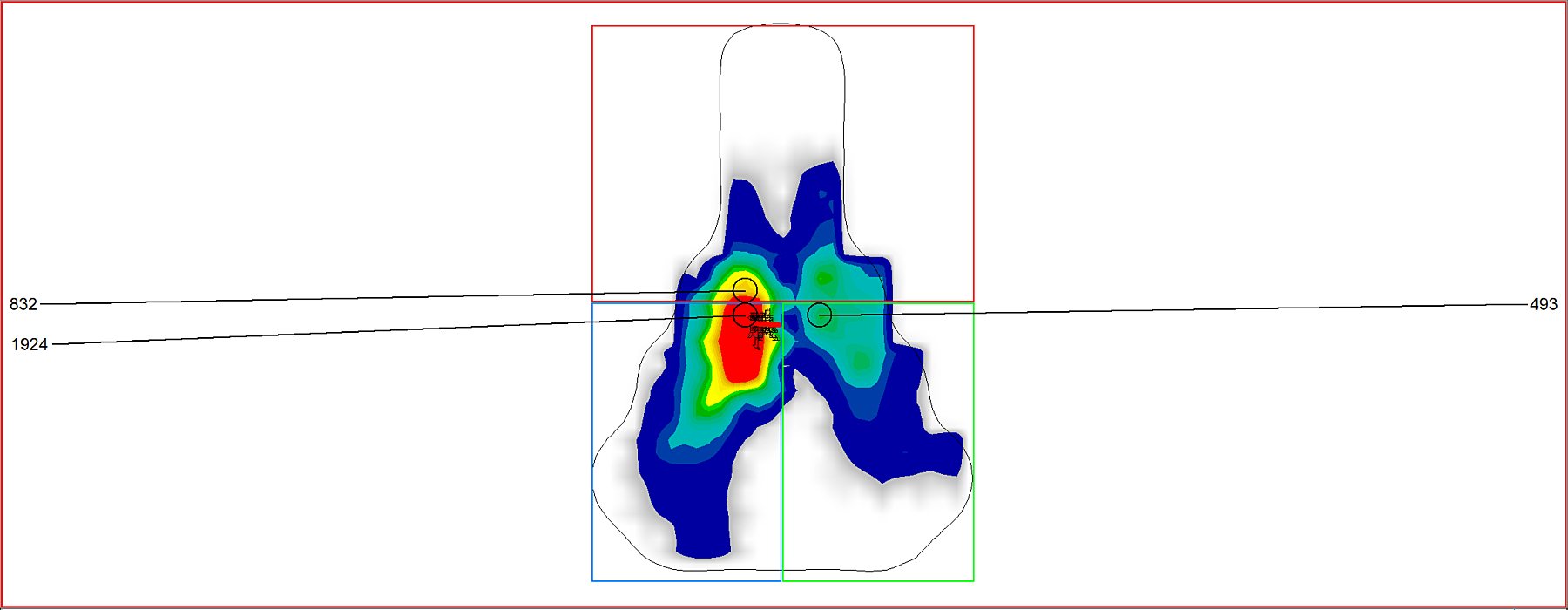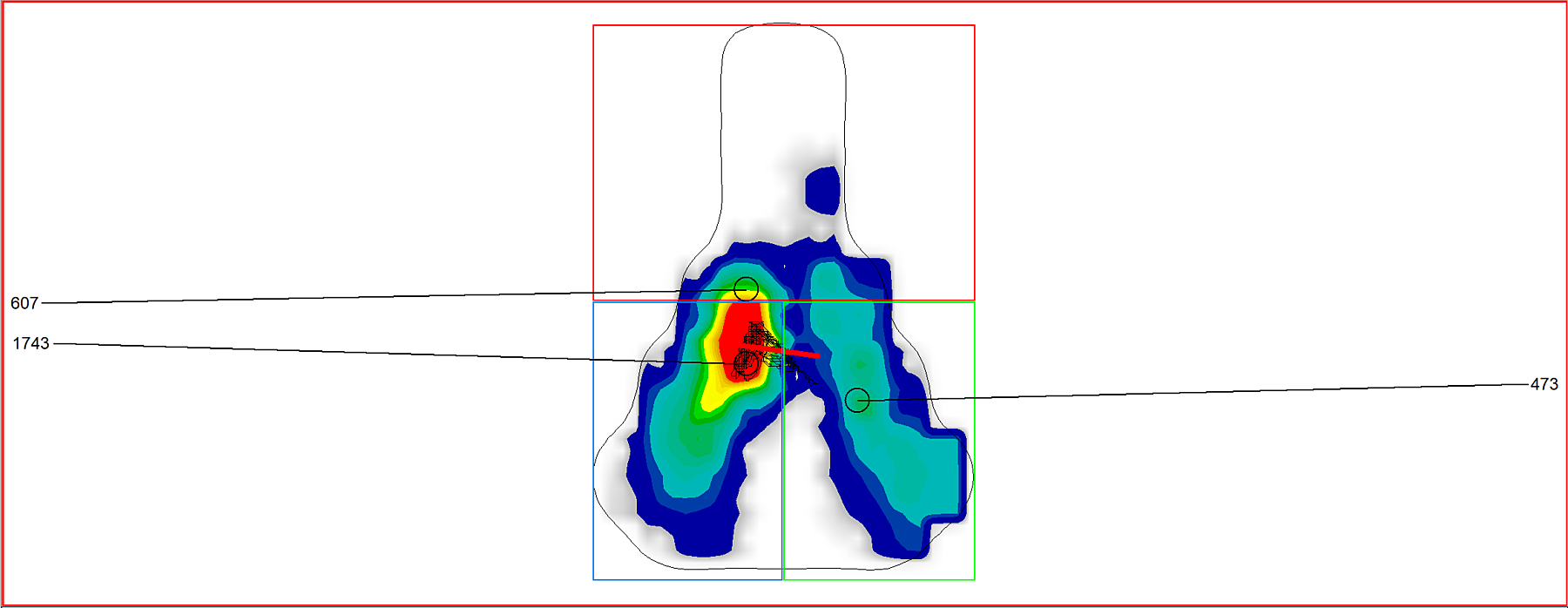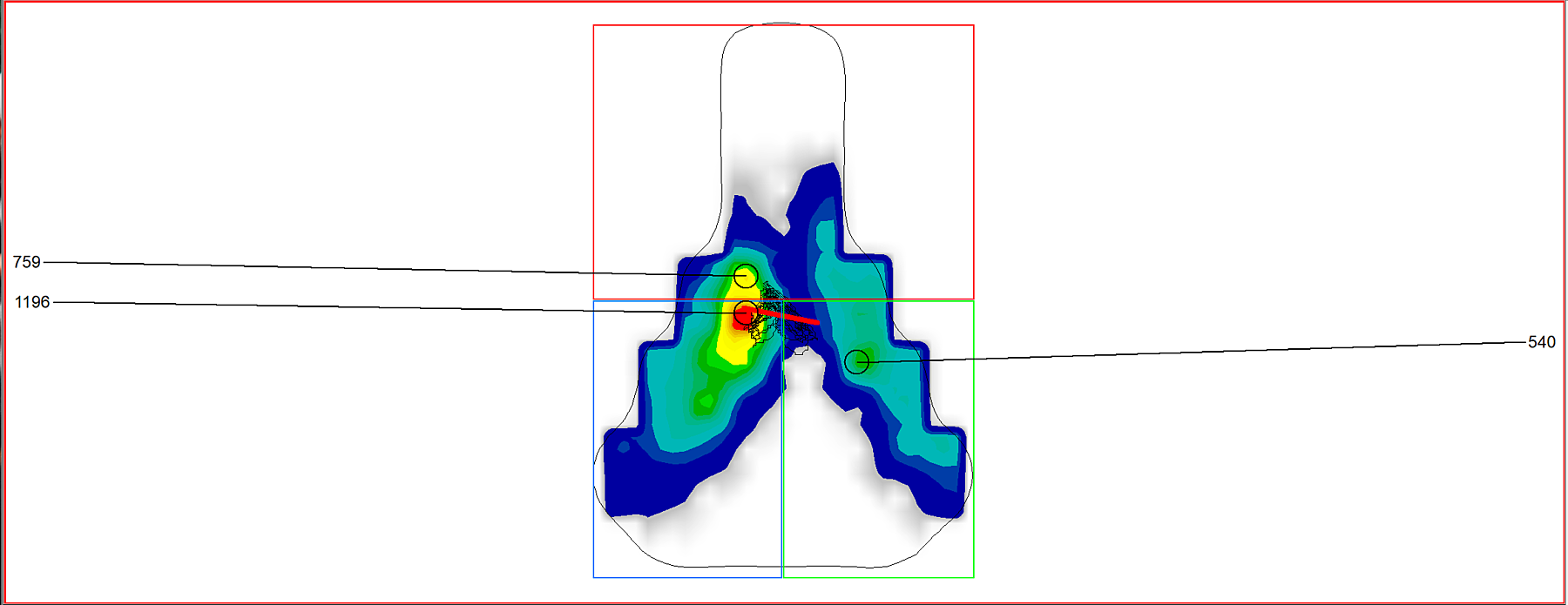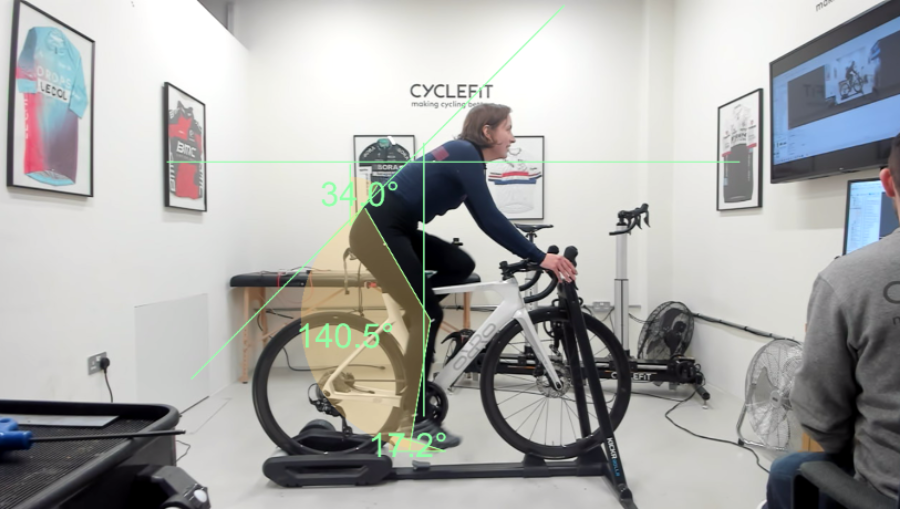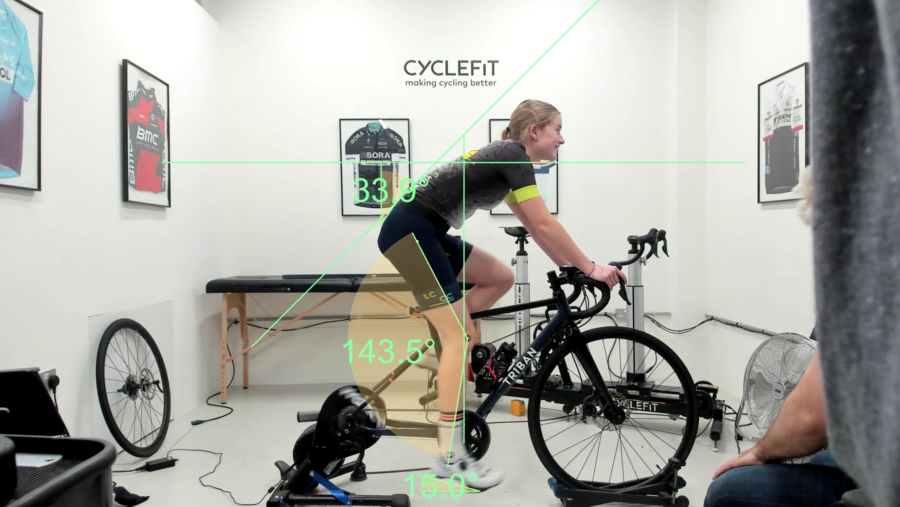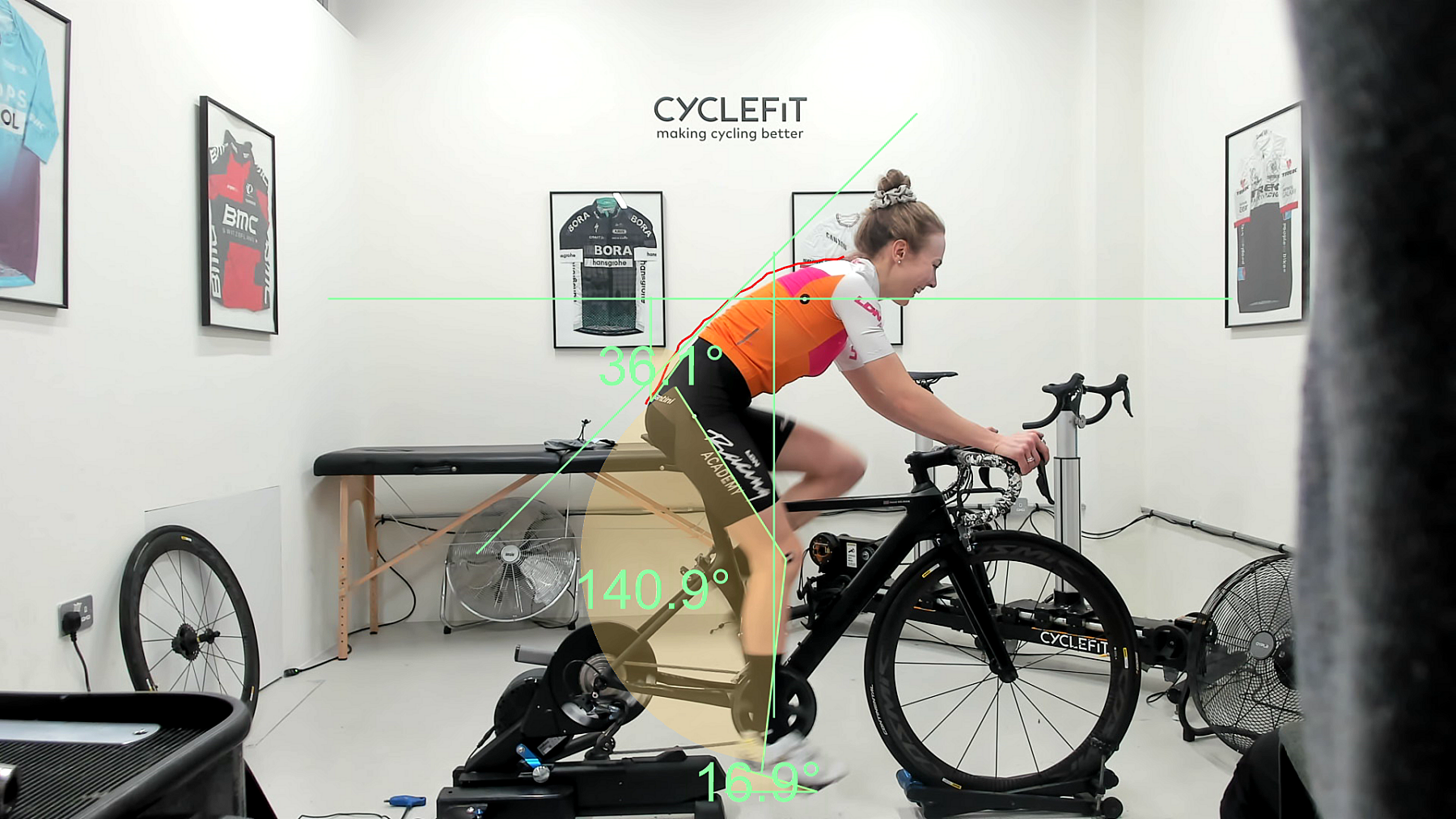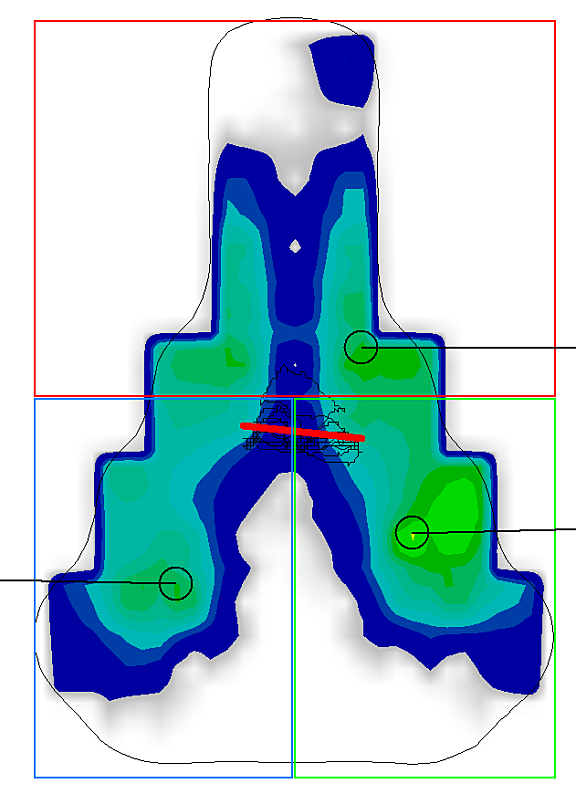What is the Wahoo KICKR MOVE SMART TRAINER?
Compared to the classic Wahoo KICKR, the KICKR MOVE has introduced a fore-aft motion into the training. The KICKR MOVE allows your bike to move naturally underneath the rider for a more comfortable and realistic riding experience. A movement that is very hard to describe but can only be felt as an improvement to comfort on an indoor training setup.
The main features of the KICKR MOVE are:
- NEW - 8" (20cm) fore-aft motion responds to changes in rider balance and movement over their bike. With also having an option to lock out this feature.
- KICKR MOVE base allows for additional side to side movement as well as the adjustable AXIS feet
- Virtually silent operation
"It's so wrong, but it feels so right."
Why do we want movement on an indoor trainer setup?
The main issue with indoor trainers is the lack of motion of the bike moving under the rider, which happens when you are outdoors. This natural motions engages muscles to keep you balanced on the bike and means that the pelvis moves more on the saddle. What we have found at Cyclefit is that customers who are using their indoor trainers for long duration and high frequency tend to have a lot more saddle discomfort and can activate bad neurological pathway habits in their pedal stroke. Having the pelvis so locked out in one position generally causes a hot spot in one area. This is amplified on a bad fitting saddle and instability through out the body.
This fore-aft motion, in addition to a side to side movement tends to help with longer indoor training rides, reducing rider fatigue and discomfort. This movement allows for the pelvis to rock and move on the saddle as if the rider was outdoors. Therefore reducing hot spot pressure and engaging more core strength to keep them on the bike.
Case study below:
Disclaimer; for the purpose of this article we have not changed the saddle, nor setup and position of bike and ride equipment.
Over the last month we have been testing the Wahoo KICKR, KICKR ROLLR and KICKR MOVE agents each-other in a fitting environment.
What we can see:
We have three pressure mapping below of a rider dealing with saddle discomfort while training indoors. Each pressure mapping done on each of the different Wahoo trainers are all slightly different from one another except of the general contact against the pelvis which is due to the same saddle being used.
KICKR - the pelvis was the most stable, this was due to bracing into left side causing an extremely high pressure.
KICKR ROLLR - the most unstable on the pelvis, might be due to motion of roller left and right.
KICKR MOVE - Similar stability to the ROLLR but move even contact on saddle. Left side high pressure at its lowest.
Conclusion:
We have found that the KICKR MOVE is one of, if not the best in door trainers. The main reason around this is due to the design nature of the fore and aft movement which minimizes the issues regarding locking out the pelvis. This comparison in saddle pressure mapping and in conjunction of riders feedback with the system, we are confident that Wahoo have created a product and movement system that intern protects riders long term and offers a more realistic experience to a indoor trainer.
Our only touch points for change is that without a front wheel lift (raising the front wheel) the KICKR and KICKR MOVE are not level on the ground. We do understand that the KICKR MOVE is designed to be used with a KICKR CLIMB BASE ADAPTER and KICKR CLIMB INDOOR GRADE SIMULATOR. This will result in a better rocking movement and level out the axle to axle height.
In regards to our specific customer who had the saddle pressure mapping above:
A deeper dive was needed to assess why the left side of his pelvis was digging into the saddle.
After a physical assessment apart of this Cyclefit, we determined he needed more appropriate foot support on both feet but more apparent was his left arch that was collapsing under load which was affecting the saddle contact. We changed the saddle that the customer was using and in turn reset his saddle height, and fore and aft.

